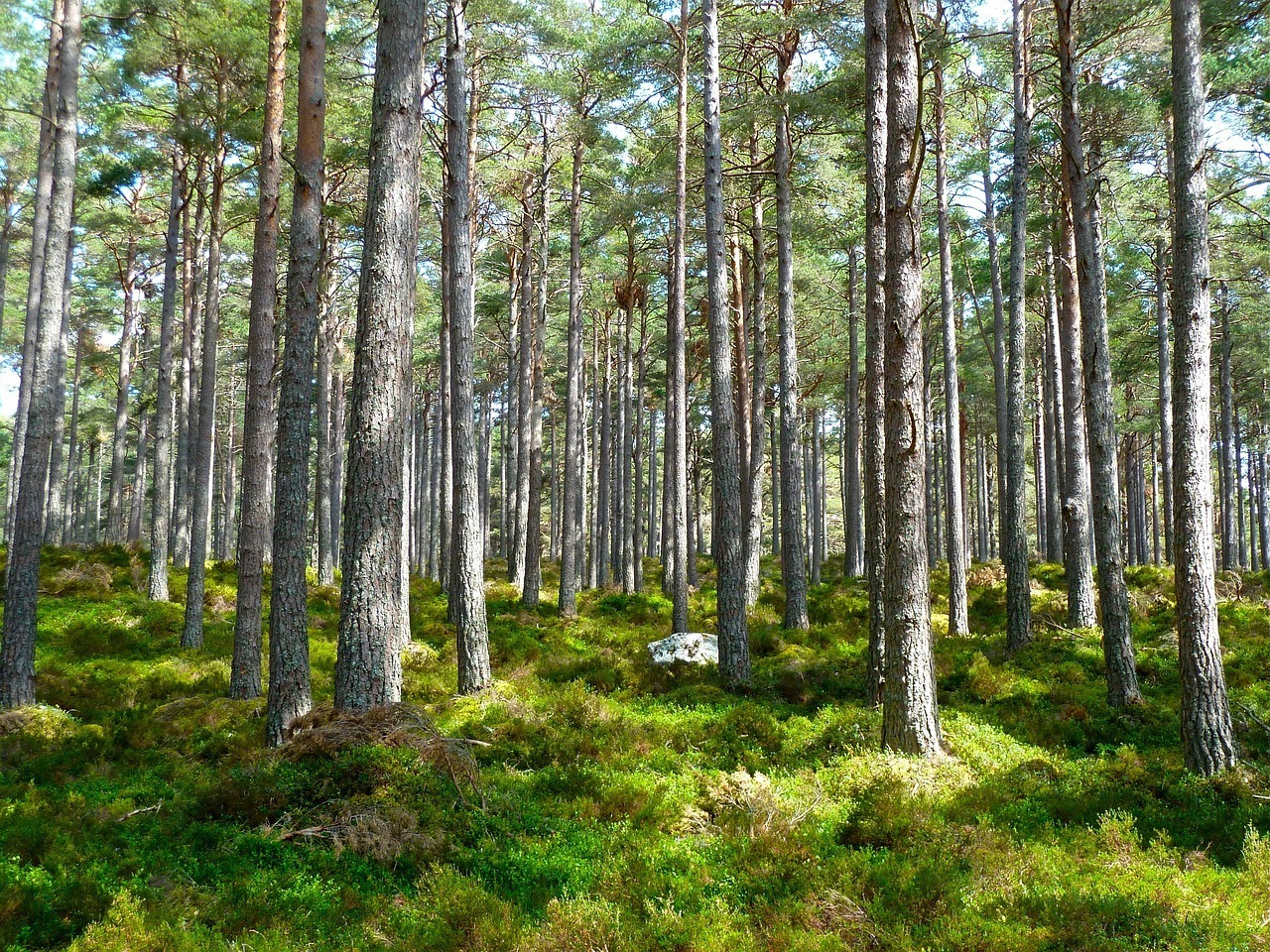Businesses and investors are stepping up efforts to measure how corporate activity affects the health of the biosphere, and in turn, how biodiversity loss impacts their own financial prospects.
Gabriel Micheli, Senior Investment Manager & Viktoras Kulionis, Investment Manager and Senior Environmental Economist Pictet Asset Management.
Gummy squirrels live 5,000 metres below the ocean surface. Looking like a half-peeled banana, this odd marine creature is one of thousands of new species that have been discovered in the past couple of years.
It is thanks to advances in technology that scientists have been able to improve our understanding of the biosphere. Yet despite these breakthroughs, much of the planet’s biological diversity remains “dark matter”. It is poorly understood and unclassified, much like the cosmos.
This is a fast-becoming a major concern for investors, too.
Although a growing number acknowledge that biodiversity loss is a financial risk, they lack the tools to monitor the threats.
Carbon emissions, which make up the bulk of environmental reporting for companies, offer an incomplete assessment of a business’s impact on the environment.
Investors are keen to know how their investments affect the health of the biosphere, and, in turn, how the deterioration of natural capital impacts economic and financial outcomes.
Encouragingly, efforts are underway to plug that gap.
The ground-breaking Global Biodiversity Framework (GBF) agreed in December last year is one major milestone. Signed by almost 200 countries, the accord contains targets that require large companies and financial institutions to monitor and disclose their impact on nature, as well as the risks they face from biodiversity loss.
Importantly, these will apply across the entirety of a business’s value chain. For financial institutions, the provisions will extend to portfolio investments.
The Taskforce on Nature-Related Financial Disclosures – a private-sector forum representing financial institutions and corporations with a total of over USD20 trillion in assets – will also soon release a new set of corporate risk assessment and disclosure standards.
These should help businesses align themselves with the GBF and shift capital towards nature-positive activities.
Another initiative comes from the International Sustainability Standards Board, which sets global standard for corporate sustainability disclosures. It is in the process of adding biodiversity to its climate risk reporting rules. Yet these top down approaches, welcome as they are, cannot in themselves tackle the thorniest biodiversity problem. Accurate data is hard to come by.
To overcome that challenge, the scientific community has recently set up several research programmes in partnership with – and funded by – banks, asset managers and asset owners. The aim is to develop new datasets that can provide a clearer picture of the relationship between economic activity and nature.
One example is the Earth Systems Impact (ESI) metric, a prototype developed by researchers at the Royal Academy of Science in Sweden as part of the MISTRA Finance to Revive Biodiversity (FinBio) research programme. 1
The ESI accounts for impacts of not just carbon but also water and land use – what they call Earth System components, and which are part of key environmental dimensions as specified by the Planetary Boundaries framework.2
The ESI, the researchers say, could help investors and businesses better assess the systemic environmental impacts of their decisions.
Nature-positive transition
At Pictet Asset Management, we currently use two globally-recognised environmental impact measurement tools – the Planetary Boundaries (PB) framework and Life Cycle Analysis – to quantify the corporate world’s contribution to species loss.
Rates of biodiversity loss are 10 to 100 times greater than what the PB framework considers sustainable. In applying the PB and LCA metrics, we aim to identify corporations whose products and services have the lowest impact.
Building on this approach, we want to capture not only direct but also indirect impacts of corporate activities, those that occur across the entire value chain.
This is a crucial element to consider in analysing biodiversity impact. That’ is because the production of goods and services is highly fragmented today, across many countries and industries.
Take mining. It is an industry which provides metals crucial to many of the net zero technologies, such as nickel, yet it also exacts a heavy toll on natural habitats.
The direct environmental impact of mining is large due to the physical location of mining operations.
Yet in analysing the industry’s impact, we believe it’s also important to incorporate regional dynamics into biodiversity modelling. For example, mining that takes place in regions where species diversity is low will have less of an impact than operations located in areas rich in flora and fauna.
Typically referred to as regionalised impact assessment, this relatively novel approach is increasingly recommended by scientists.4
Access to better data should incentivise businesses and investors to change their behaviour in favour of more nature-positive practices.
Engaging with corporate management is also a powerful lever for investors, who can work with companies they invest in to define targets to mitigate negative impact, manage risks and embed more sustainable and regenerative business practices that promote a nature-positive outcome.
Our holistic approach helps us prioritise areas of engagement with individual companies and their suppliers.
Engaging with corporate management is a powerful lever for investors to promote a nature-positive outcome.
Nature is increasingly recognised as a crucial piece of the puzzle of tackling climate change.
The UN estimates that incorporating nature-based solutions to global warming – such as restoring coral reefs and using nature-sourced materials in buildings – can generate 13 times more CO2 emission reductions than electrifying cars and trucks.
As nature protection grows in importance, it should give rise to a thriving biodiversity finance market offering new instruments and funds in ecosystem services and natural capital. Evolving impact assessment tools and better corporate disclosure should help investors better capitalise on such opportunities.
[1] Pictet Asset Management is a founding member of the FinBio programme. For more details, please click here.
[2] Steven J Lade et al 2021 Environ. Res. Lett. 16 115005
[3] Butz, C., Liechti, J., Bodin, J. et al. Towards defining an environmental investment universe within planetary boundaries. Sustain Sci 13, 1031–1044 (2018. https://doi.org/10.1007/s11625-018-0574-1)
[4] https://www.unep.org/resources/report/environmental-impact-assessment-and-strategic-environmental-assessment-towards








